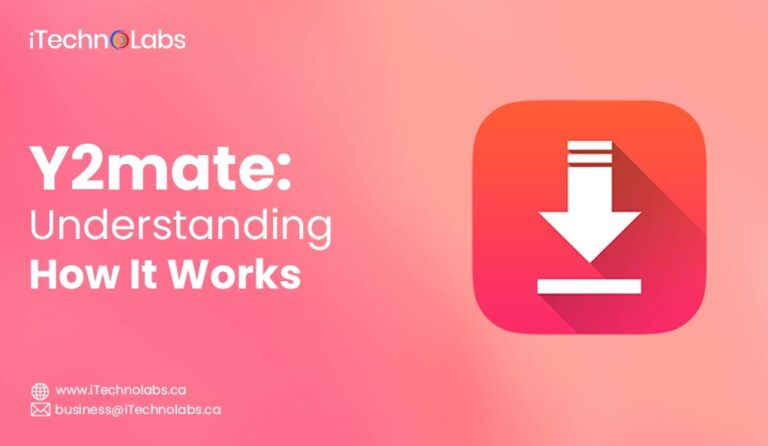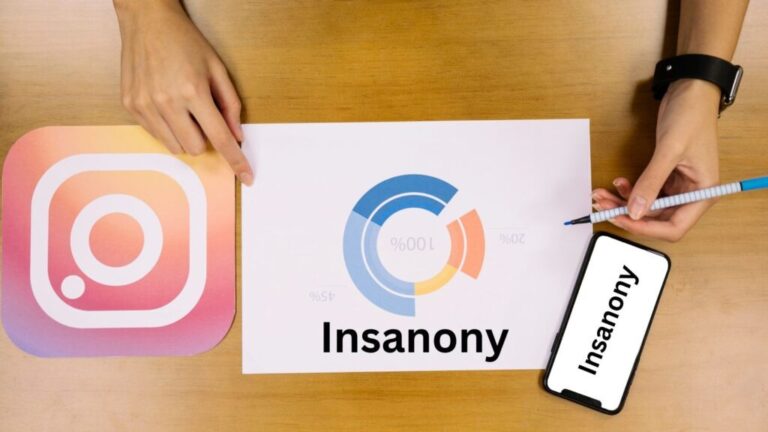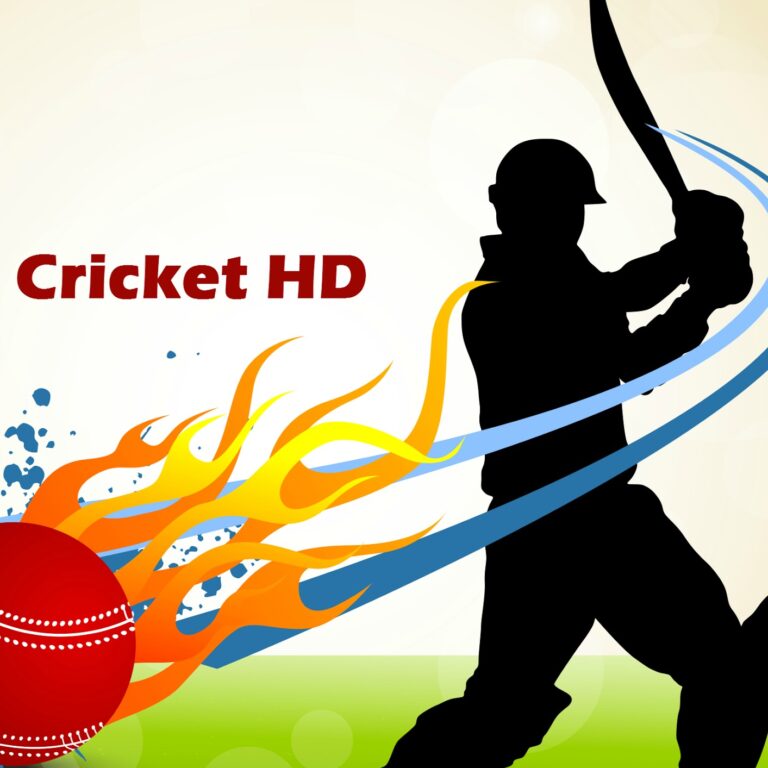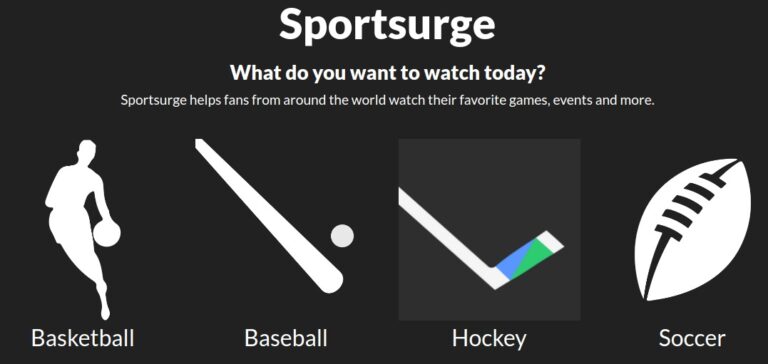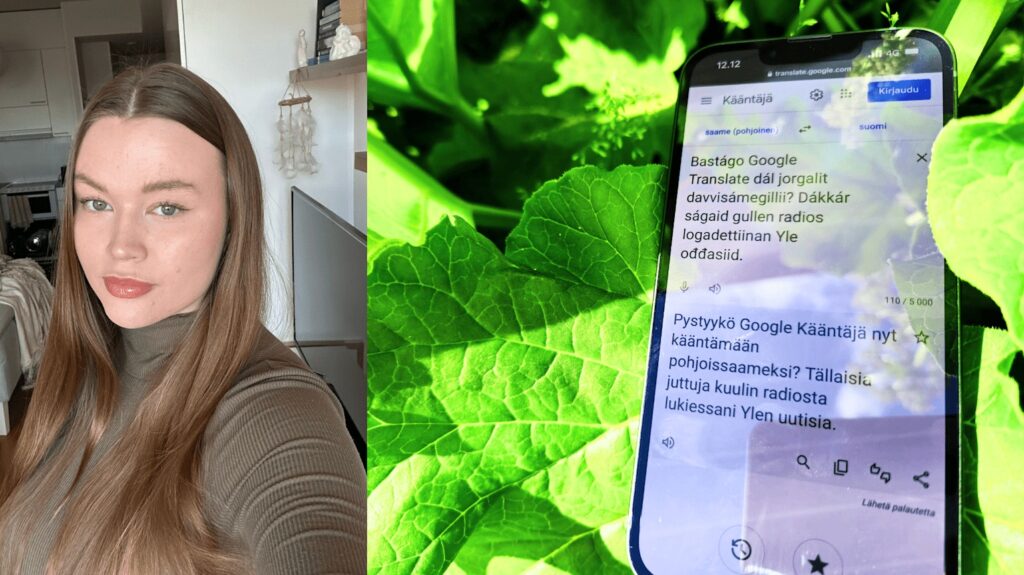
Kääntäjä
Introduction:
Kääntäjä: is the cornerstone of human communication, enabling us to connect, share ideas, and build relationships. In today’s interconnected world, the ability to bridge language gaps has become more crucial than ever. This is where the role of a kääntäjä, or translator, comes into play. Translators are the unsung heroes who ensure that communication remains seamless across languages, cultures, and regions.
This article delves into the art of translation, exploring its importance, challenges, and the skills required to excel in providing accurate language solutions.
The Importance of Kääntäjä Accurate Translation
The accurate translation goes beyond simply converting words from one language to another. It’s about capturing the essence, context, and emotions of the original text while maintaining cultural sensitivity. Here’s why it matters:
1. Facilitating Global Communication
In an era of globalization, businesses, governments, and individuals often interact with diverse audiences. Accurate translations ensure that messages are conveyed clearly, fostering mutual understanding. For example, multinational corporations rely on precise translations to market their products effectively across different countries.
2. Preserving Cultural Nuances
Language is deeply tied to culture. A good kääntäjä understands the cultural nuances embedded in a text and ensures these subtleties are not lost during translation. This is especially important in literature, where cultural references and idiomatic expressions add depth to the narrative.
3. Kääntäjä Ensuring Legal and Technical Accuracy
In fields like law, medicine, and technology, even a minor error in translation can have significant consequences. Accurate language solutions in these areas are vital to avoid misunderstandings and potential liabilities.
4. Promoting Accessibility
Kääntäjä Translation also plays a critical role in making information accessible to people worldwide. Whether it’s translating educational content, medical guidelines, or user manuals, accurate translations empower individuals to access knowledge regardless of their native language.
The Art and Science of Translation
Being a kääntäjä is both an art and a science. It requires creativity to interpret the original text’s meaning and scientific precision to ensure accuracy. Here are some key aspects of the profession:
1. Mastery of Languages
Kääntäjä translator must have an in-depth understanding of both the source and target languages. This includes vocabulary, grammar, syntax, and idiomatic expressions. Proficiency in multiple languages allows the translator to navigate complex texts with ease.
2. Cultural Competence
Understanding cultural contexts is essential for producing translations that resonate with the target audience. For instance, a marketing campaign that works well in one country might need significant adaptation to suit another.
3. Attention to Detail
The smallest details can significantly impact a translation’s quality. A kääntäjä must be meticulous, ensuring that every word and phrase accurately reflects the original text’s meaning.
4. Subject Matter Expertise
Specialization in specific fields, such as legal, medical, or technical translation, is often necessary. A translator working on a medical document, for instance, must be familiar with medical terminology and concepts to produce an accurate translation.
5. Technological Proficiency
Kääntäjä Modern translators frequently use translation tools and software to enhance efficiency and consistency. Tools like CAT (Computer-Assisted Translation) systems and terminology databases are invaluable for managing large projects.
Challenges in Translation
Kääntäjä Despite advancements in technology and resources, translation remains a challenging task. Here are some common obstacles faced by translators:
1. Untranslatable Words and Phrases
Some words and phrases have no direct equivalent in other languages. For example, the Finnish word “sisu” encapsulates a complex mix of determination, resilience, and grit, making it difficult to translate into a single word in English.
2. Maintaining Consistency
Consistency is critical, especially in large projects involving multiple translators. Maintaining a uniform style and terminology across documents requires coordination and meticulous review.
3. Balancing Literal and Creative Translation
Kääntäjä Translators often face the dilemma of choosing between a literal translation and one that captures the original text’s essence. Striking the right balance requires experience and skill.
4. Handling Deadlines
The demand for quick turnarounds Kääntäjä can be overwhelming, particularly for large-scale projects. Meeting tight deadlines without compromising quality is a constant challenge.
The Role of Technology in Translation
While human expertise remains irreplaceable, technology has significantly impacted the field of translation. Tools and software have streamlined many aspects of the process, making it more efficient:
1. Machine Translation
Kääntäjä Tools like Google Translate and DeepL have made basic translation accessible to everyone. However, they often lack the nuance and cultural understanding required for accurate translations.
2. Computer-Assisted Translation (CAT) Tools
Kääntäjä CAT tools help translators manage projects by providing features like translation memory, glossaries, and real-time collaboration. These tools enhance accuracy and efficiency.
3. Artificial Intelligence (AI)
AI-driven solutions are improving translation quality by learning from vast amounts of data. However, they still require human oversight to ensure cultural and contextual accuracy.
Becoming a Skilled Kääntäjä
To excel as a kääntäjä, one must cultivate a unique set of skills and qualities. Here are some tips for aspiring translators:
1. Develop Language Proficiency
Master both your source and target languages. Reading extensively, practicing writing, and immersing yourself in different cultures can enhance your language skills.
2. Pursue Formal Education
Consider enrolling in a translation studies program or obtaining certifications from recognized institutions. These credentials can boost your credibility and open up professional opportunities.
3. Specialize in a Niche
Identify areas of interest and build expertise in specific fields. Specialization not only enhances your skills but also makes you more marketable.
4. Stay Updated with Technology
Familiarize yourself with the latest translation tools and software. Technological proficiency is essential for staying competitive in today’s market.
5. Practice and Seek Feedback
Regular practice is key to honing your skills. Collaborate with peers, seek constructive feedback, and continuously work on improving your craft.
Conclusion
The role of a kääntäjä is both challenging and rewarding. Translators bridge linguistic and cultural divides, making communication possible in our diverse world. By mastering the art and science of translation, they ensure that ideas and emotions transcend borders, fostering global understanding.
As technology continues to evolve, the demand for accurate language solutions will only grow. While tools and AI can assist, the human touch remains indispensable. The art of translation is ultimately about connecting people—a timeless pursuit that transcends words.
FAQs
What does a kääntäjä (translator) do?
A kääntäjä specializes in converting written or spoken content from one language to another while ensuring the original meaning, tone, and context are preserved.
Why is accuracy important in translation?
Accuracy ensures that the message, cultural nuances, and intent of the original content are fully understood and conveyed, preventing miscommunication or errors in professional, legal, or personal contexts.
What skills should a professional translator have?
A professional translator must have excellent language proficiency in both the source and target languages, cultural knowledge, attention to detail, and expertise in the subject matter they are translating.
How does technology assist in modern translation?
Technology, like translation software and AI tools, helps streamline the translation process, improving speed and consistency. However, human expertise is essential to ensure context and cultural accuracy.
Why is cultural understanding critical in translation?
Cultural understanding allows a translator to adapt the content to suit the cultural norms and sensitivities of the target audience, ensuring the translation is relatable and appropriate.
Explore More

